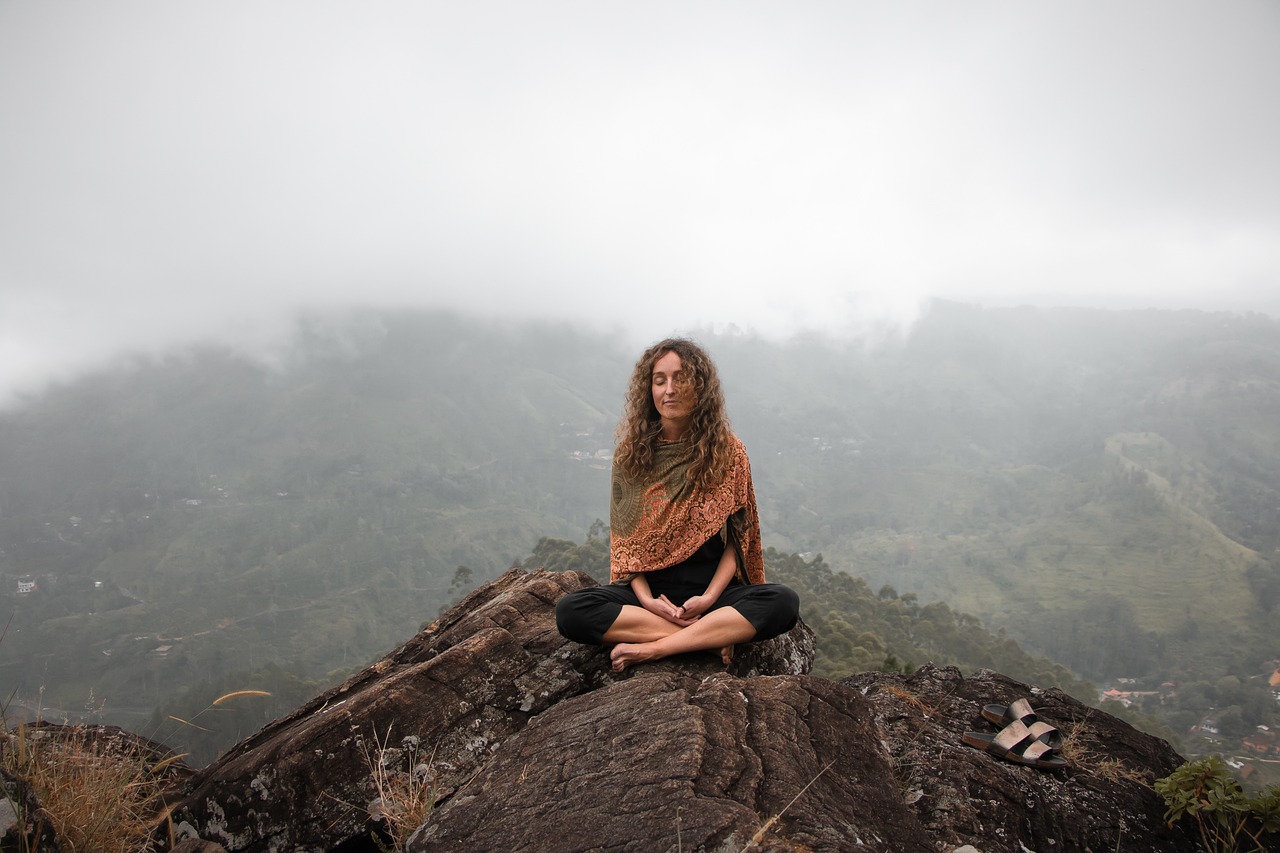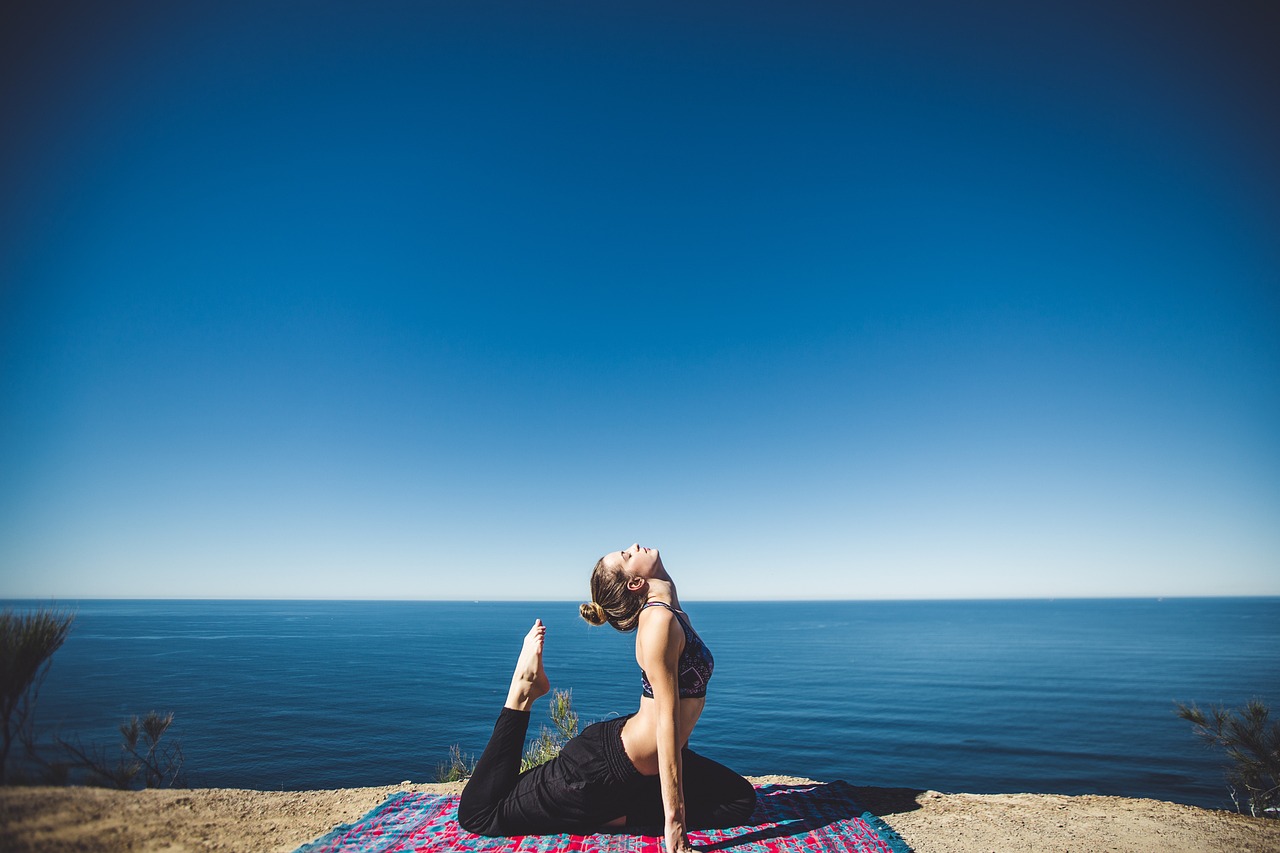In today’s fast-paced world, anxiety is becoming increasingly common among children. Many parents are searching for effective tools to help their children find calmness and focus amidst the chaos. That’s where yoga comes in. By incorporating simple yoga poses and breathing exercises into their daily routine, children can learn to manage their anxiety and cultivate inner peace. In this article, we will explore the powerful impact of yoga in reducing anxiety and improving overall well-being in children.

Understanding Anxiety in Children
Anxiety is a common mental health issue that affects people of all ages, including children. As parents, teachers, and caregivers, it is crucial to understand the common symptoms and causes of anxiety in children in order to provide appropriate support and interventions. By gaining a deeper understanding of anxiety, we can help promote the mental well-being of children and create a safe and nurturing environment for them.
Common symptoms of anxiety in children
Recognizing the signs and symptoms of anxiety in children is essential for early intervention and support. While every child may experience anxiety differently, there are some common symptoms to look out for. These can include excessive worrying, fearfulness, restlessness, irritability, difficulty sleeping, difficulty concentrating, and physical symptoms such as headaches or stomachaches. It is important to note that not all children will display the same symptoms, and some may even hide or internalize their anxiety. Therefore, it is crucial to be attentive and empathetic towards any changes in behavior or emotional well-being.
Causes of anxiety in children
Anxiety in children can stem from various factors, including genetic predisposition, environmental influences, and life events. Some children may be more prone to anxiety due to genetic factors, while others may develop anxiety in response to traumatic experiences or stressful situations. Additionally, high levels of parental anxiety, school pressures, social pressures, and major life changes can contribute to feelings of anxiety in children. By understanding the potential causes of anxiety, we can better support children in managing and overcoming their anxiety.
How anxiety affects children’s mental health
Anxiety can have a profound impact on children’s mental health, affecting their overall well-being and daily functioning. When children experience anxiety, it can interfere with their ability to concentrate, focus, and perform well academically. Anxiety can also impact their social interactions, leading to difficulty making friends or participating in activities. Additionally, chronic anxiety can lead to low self-esteem, feelings of isolation, and even contribute to the development of other mental health conditions. By addressing anxiety in children, we can help improve their mental health and lay the foundation for a healthier and happier future.

Benefits of Yoga for Children’s Anxiety
Yoga has gained recognition as a beneficial practice for reducing anxiety and promoting overall well-being in individuals of all ages. When it comes to children, engaging in yoga can offer numerous advantages specifically targeting their anxiety levels and mental health. By introducing yoga as a tool for managing anxiety in children, we can provide them with essential life skills and coping mechanisms that will benefit them throughout their lives. Let’s explore some key benefits of incorporating yoga into children’s routines:
Reduction in stress and anxiety levels
One of the most evident benefits of yoga for children is the reduction in stress and anxiety levels. Through the practice of specific yoga poses, breathing exercises, and relaxation techniques, children can learn to calm their minds and bodies. Yoga encourages mindful awareness and teaches children how to regulate their emotions, leading to a decrease in anxiety symptoms.
Improvement in emotional regulation
Children often struggle with managing their emotions, especially when faced with anxiety-inducing situations. Yoga helps children develop emotional regulation skills by teaching them to become aware of their feelings without judgment. By incorporating yoga into their routine, children learn how to identify and express their emotions in a healthy and constructive manner.
Enhanced concentration and focus
One of the key components of yoga is the emphasis on mindful awareness and being present in the moment. Through yoga practice, children learn to cultivate focus and concentration, which can significantly benefit their academic performance and overall well-being. Yoga poses that require balance and coordination also contribute to the development of concentration skills.
Promotion of self-esteem and confidence
Anxiety can often lead to low self-esteem and diminished confidence in children. Yoga provides a non-competitive and inclusive environment where children can explore their abilities and achieve personal growth. As children develop strength, flexibility, and balance through yoga, they gain a sense of accomplishment, boosting their self-esteem and confidence.
Development of coping mechanisms
Teaching children healthy coping mechanisms is crucial in managing anxiety. Yoga equips children with effective coping strategies that they can utilize when faced with stressful or anxiety-provoking situations. By practicing yoga, children learn to breathe deeply, relax their bodies, and shift their focus towards positive thoughts, enabling them to navigate through challenging experiences.
With these benefits in mind, incorporating yoga into children’s lives can be a powerful tool in mitigating anxiety and promoting overall well-being. Let’s dive deeper into the world of yoga for children and explore how to adapt this practice to their unique needs.

Introduction to Yoga for Children
What is yoga?
Yoga is a holistic practice that originated in ancient India and has been passed down through generations. It encompasses physical postures (asanas), breathing techniques (pranayama), meditation, and mindfulness practices. Yoga aims to harmonize the mind, body, and spirit, promoting overall well-being and inner peace. While many people associate yoga with flexibility and advanced poses, it is important to note that yoga is accessible to people of all ages and abilities.
Adapting yoga for children
When introducing yoga to children, it is essential to make appropriate adaptations to suit their needs and capabilities. Children have unique physical, cognitive, and emotional characteristics that should be taken into consideration when designing a yoga practice for them. Child-friendly yoga poses are modified to be safe, engaging, and enjoyable for children, ensuring that they have a positive experience with yoga.
Importance of a safe and supportive environment
Creating a safe and supportive environment is crucial when introducing children to yoga. Children need to feel comfortable and secure in their surroundings in order to fully engage in the practice. A safe environment includes providing adequate space, ensuring clean and clutter-free surroundings, and using appropriate yoga props to support children’s bodies during the practice. It is also important to maintain a positive and encouraging atmosphere that fosters growth and self-expression.
Incorporating mindfulness and breathing techniques
Mindfulness and breathing techniques are key components of yoga that can greatly benefit children’s anxiety management. Mindfulness involves paying attention to the present moment without judgment, allowing children to develop self-awareness and regulate their emotions. Breathing techniques, such as deep belly breathing and alternate nostril breathing, help children calm their minds and bodies, promoting relaxation and reducing anxiety. By incorporating these mindfulness and breathing techniques into yoga sessions, children can cultivate a sense of calmness and focus.
Now that we have laid the foundation of understanding anxiety in children and introduced the concept of yoga, let’s explore specific yoga poses and breathing exercises that can contribute to calmness and focus in anxious children.
